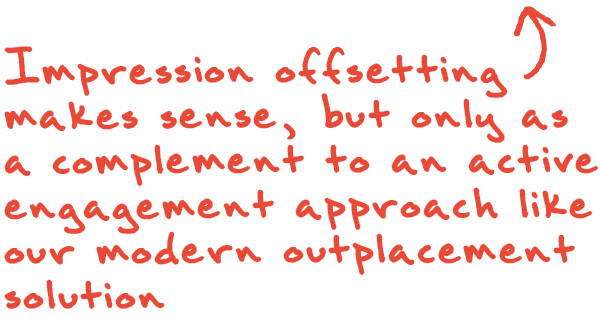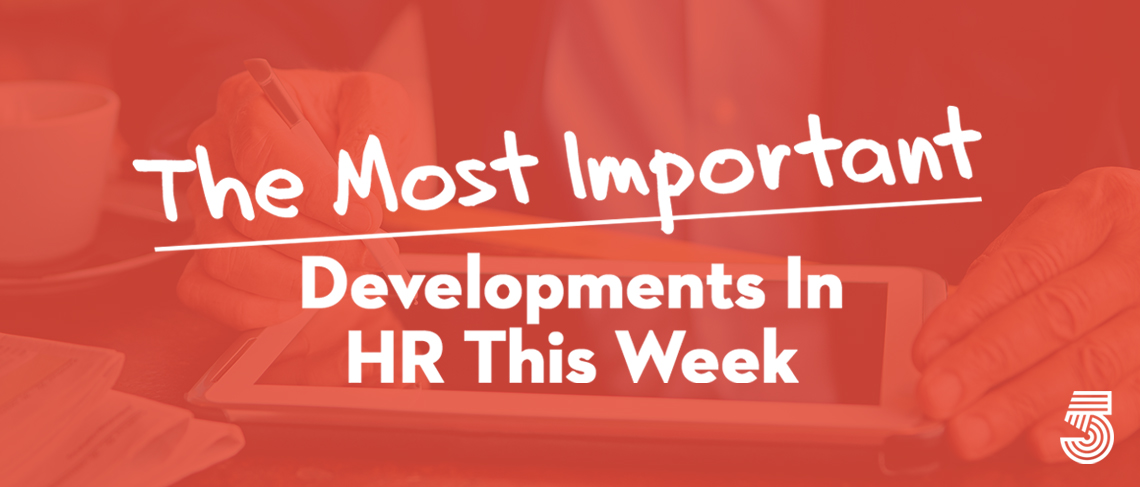
Interesting article in Fortune this week about how learning at the university level needs to change to keep up with digital disruption, in order to prepare young people to enter the workplace. The writer, Fred Swaniker, founder of African Leadership University, said: “The growing influence and efficacy of artificial intelligence, digitization, and automation means that the pace of such change is getting faster and faster. Unfortunately, conventional universities are not keeping pace with this rapidly evolving future of work.” Swaniker’s fix? Just-in-time learning. And HR pros everywhere have just done a collective face plant. The just-in-time learning concept burst on the scene in the HR and Training industry, what, two decades ago? At least that. Fueled by the brand new tool revolutionizing the workplace — the internet — the concept centers around multiple methods of learning, not just classroom, giving people the foundations but then taking learning into the workplace for hands-on, real-time doing, with access to instruction, information, and data at the point they need it. Hence, “just in time.” Swaniker says it’s time universities change their model and implement just-in-time because it works. Fortune
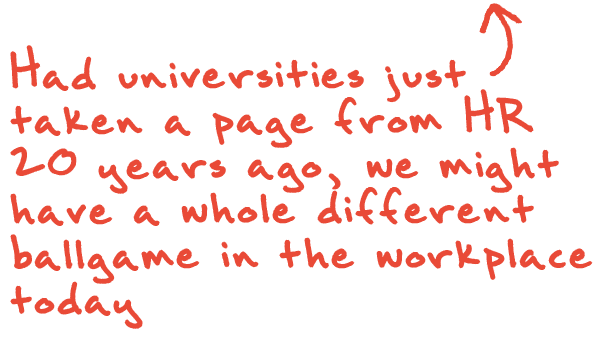

Large-scale organizational change is more likely to stick if executives apply equal discipline and rigor to the “hard” and “soft” elements that matter. 70% of org change fail to meet objectives says McKinsey Research – so what can you do to ensure yours will work. Authors Scott Keller and Bill Schaninger are interviewed about their new book, Beyond Performance 2.0, an update to their first take from 10 years ago. The McKinsey Podcast
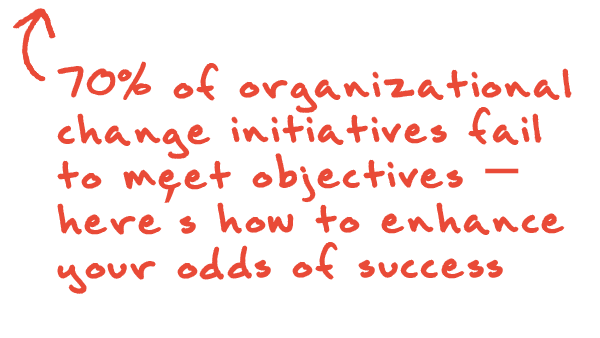
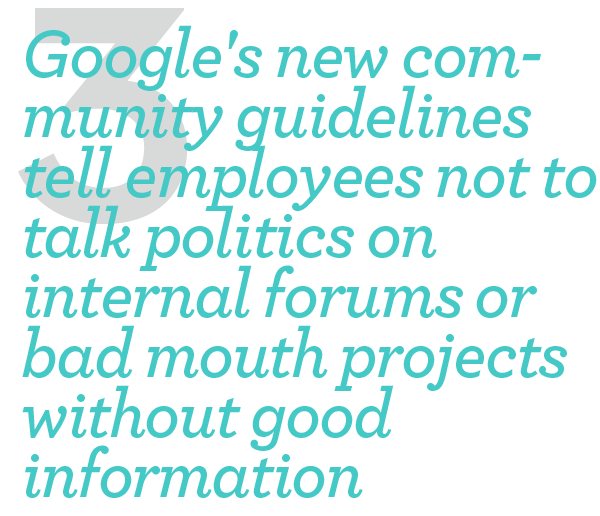
Google has a message for its employees: No more talk of politics or other polarizing topics on company time. The updated rules are an apparent attempt to restore order within the Silicon Valley giant, where volcanic discussions on internal message boards have created divisions among its workforce. “While sharing information and ideas with colleagues helps build community, disrupting the workday to have a raging debate over politics or the latest news story does not,” the updated community guidelines read. Google’s culture of open debate has strayed far from what its cofounders Larry Page and Sergey Brin initially envisioned. For much of Google’s formative years, being encouraged to “challenge” and debate peers was considered a key to its innovation process and a differentiator that would allow the company to attract Silicon Valley’s brightest. But by 2017, employee debates on internal message boards had become acutely divisive, illustrated best by then-Googler James Damore posting his theories on why women were less suited for engineering than men and that the main problem with Silicon Valley was its treatment of conservatives. Business Insider
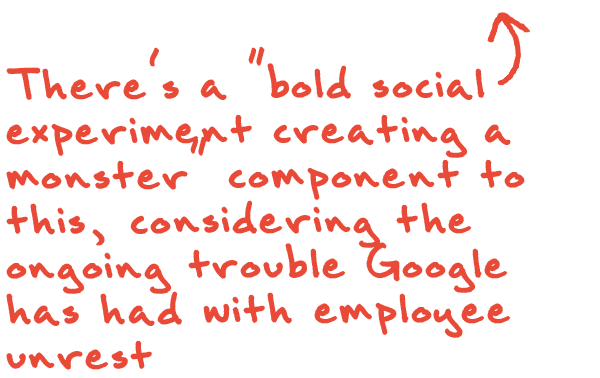
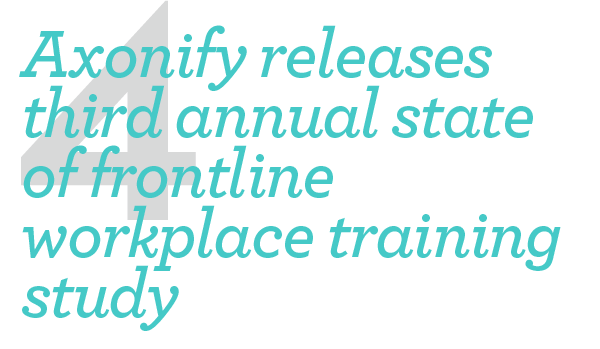
Axonify, a global leader in microlearning, today announced results from its third annual State of Frontline Workplace Training Study conducted in June 2019 by global market research firm Ipsos. Once again, this year’s survey found that many frontline employees are lacking the development opportunities they urgently want. Nearly one-third of frontline employees do not receive any formal workplace training, a number that has remained stagnant year over year. Not surprisingly, this lack of formal training is even higher for part-time employees (36%), which has significant implications for the retail industry in particular. More than three-quarters (76%) of employees feel the opportunity to complete additional training designed to develop their skills for the future would make an employer (present or prospective) more appealing to them. When broken down by employment status, 79% of full-time employees echo this sentiment versus 66% of part-time employees. Global Newswire
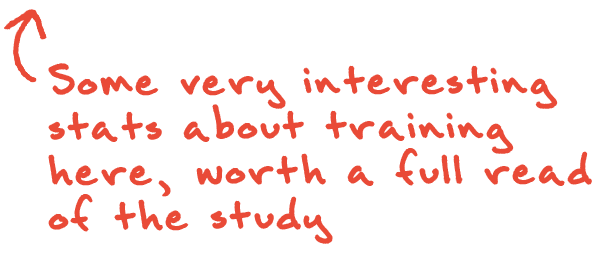

Mergers and acquisitions (M&A) are among the most consequential strategic decisions managers make. But markets often respond negatively to acquisition announcements, which means investors are skeptical about the transactions, their terms, or managerial motivations.We decided to look at firms’ communications around the time of an acquisition announcement, as this is one avenue for CEOs to manage impressions of the firm and its strategy. Specifically, we examined instances of “impression offsetting,” an impression management tactic in which firms issue unrelated positive news alongside strategic announcements, particularly those in which prospects for shareholder wealth creation are less certain. The general idea is to distract markets with good news. Prior research has shown that firms anticipate negative market reactions to acquisition announcements and successfully use impression offsetting as a way to reduce those negative responses. HBR
